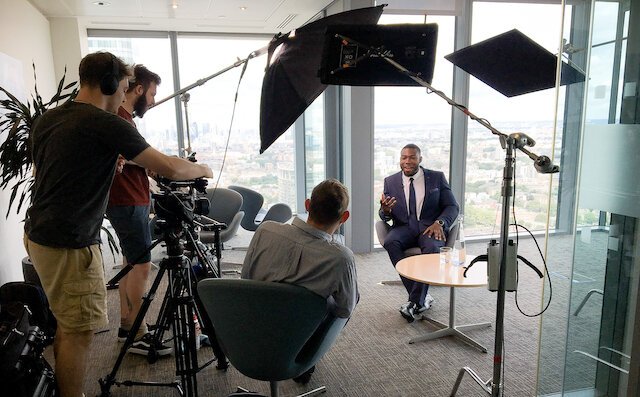Less is more: why it’s time to streamline your content
Reducing the number of stories you publish each week could be crucial to your content strategy. Sound unexpected? Find out how cutting your output could benefit your brand.
Reducing your content output sounds counterintuitive. The greater the number of posts, the greater the number of readers, right?
It may come as a surprise to learn that before the coronavirus hit some of the biggest generators of quality online content – newsrooms – were cutting the number of stories they produced and were reaping the benefits. According to Digiday, news services including The Guardian, The Times and French newspaper, Le Monde, all refined the number of stories published in 2020 and saw growth in dwell time and traffic. The Guardian decreased its number of stories by a third, and Le Monde, by a quarter – even as it continued to increase its number of journalists. The pandemic may have transformed our relationship with the news, for better or worse, but in the current environment it’s even more likely that content creators will be closely monitoring the efficiency and effectiveness of everything they put online.
As an agency founded on the importance of newsroom values, alongside sustained content creation, we know that finding the balance between consistent output and high quality is vital to the success of any content strategy.
But getting it right can be a challenge. Our survey of 400 top-tier communications directors revealed that many felt overwhelmed by “content chaos” and struggled to get views – and engagement – from their output.
Tackling content chaos
It’s no secret that the internet is inundated with content – more than 2.5 quintillion bytes of online data are generated daily. There’s more out there than web users could consume in 1000s of lifetimes – so you need to make your stories the ones that people want to add to their reading lists.
This isn’t an excuse to invest less time in your content strategy – genuinely compelling branded content is more important than ever. For instance, one source suggests content marketing results in three times more leads than paid search advertising.
However, it’s a problem when quantity comes at the expense of quality. By focussing on the most meaningful stories, you’re more likely to create content that genuinely engages your readers. It means making room for the follow up you didn’t think you’d have time for, the extra bit of research that could add value, or a more varied and informed perspective. One national news editor told us: “We have a maximum number of pieces in our heads rather than a minimum because otherwise we wouldn’t necessarily be able to find the readers. We’re thinking more intelligently about what we’re doing and how we’re doing it.”
Combine this with insights from analytics data, and you’ll produce stories that pack a punch. And ‘sweating your assets’ – investing energy into posting about each piece across all your channels – will mean you get the most from first-class content. One comms leader at a breakfast roundtable shared how their tactical approach had expanded their following: “We increased our social posts from 30 to 200 per week by reposting and repurposing more of what we already produced – and our audience has grown exponentially.” This remains just as relevant at the moment – our survey created in collaboration with the PRCA revealed that 100% of comms leaders think it’s more important than ever for brands to have an integrated approach across brand, media, marketing, public relations and public affairs. A good rule of thumb? Don’t publish more than you can promote.
At Speak, we spend our hours making sure that every piece of content we produce will be brand enhancing and help grow your audience. Pitching, research, editing, finding the perfect picture, fact checks, proofreading, preparing for social media promotion… All this takes effort but ensures that the finished result provides value to your brand.
Time is one of the most important resources – both for you and your audience. Make sure that it’s well spent.
This article was orginally published on August 18 2020.
Want to find out how to implement a best-in-class editorial strategy that connects your organisation to your always-on audience?
Contact Gabrielle Bridle from our client services team at gabriellebridle@speakmedia.co.uk or on LinkedIn.


